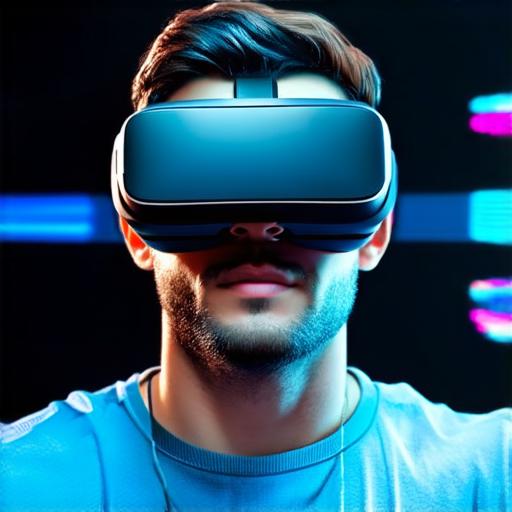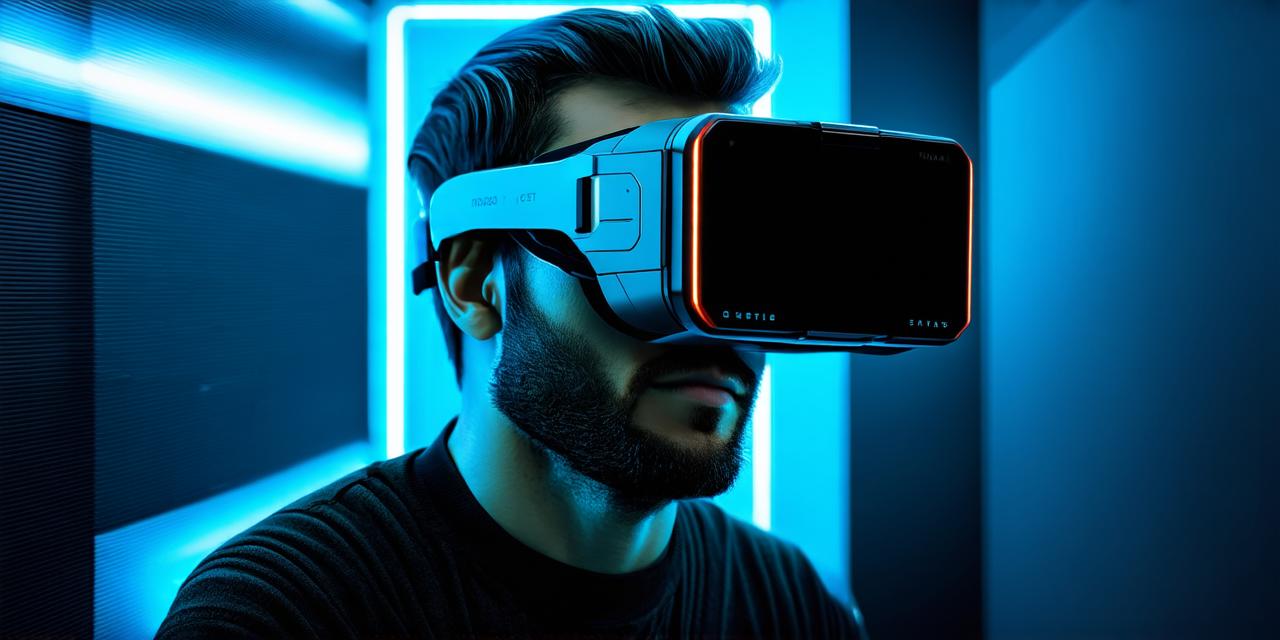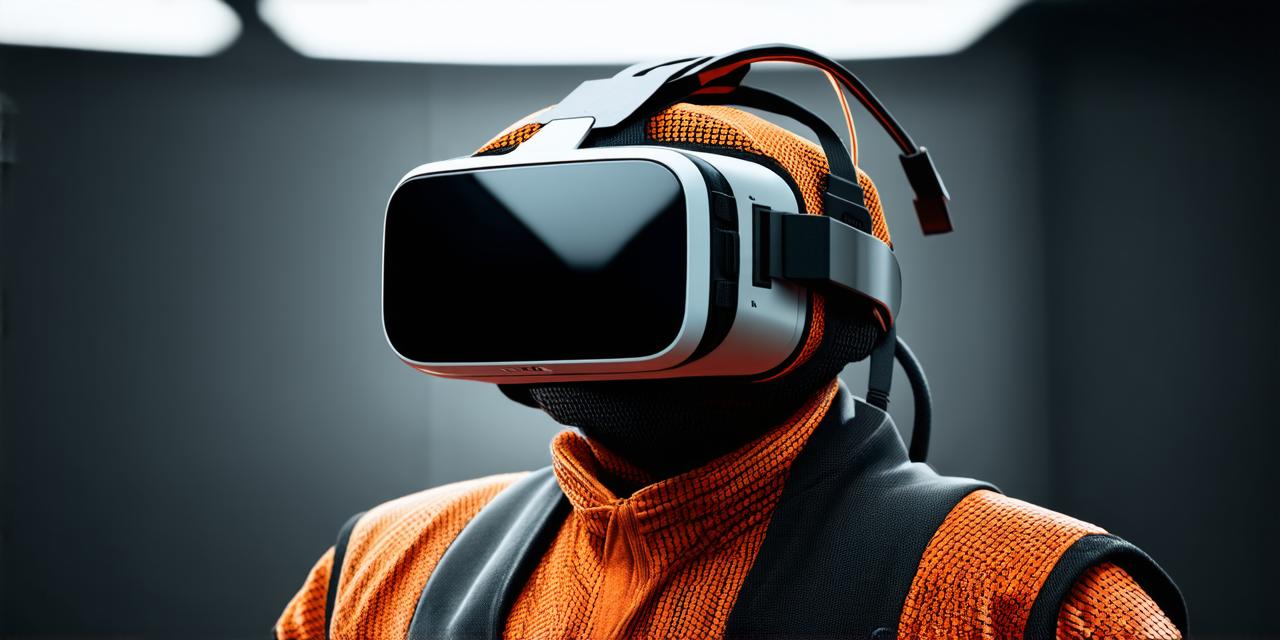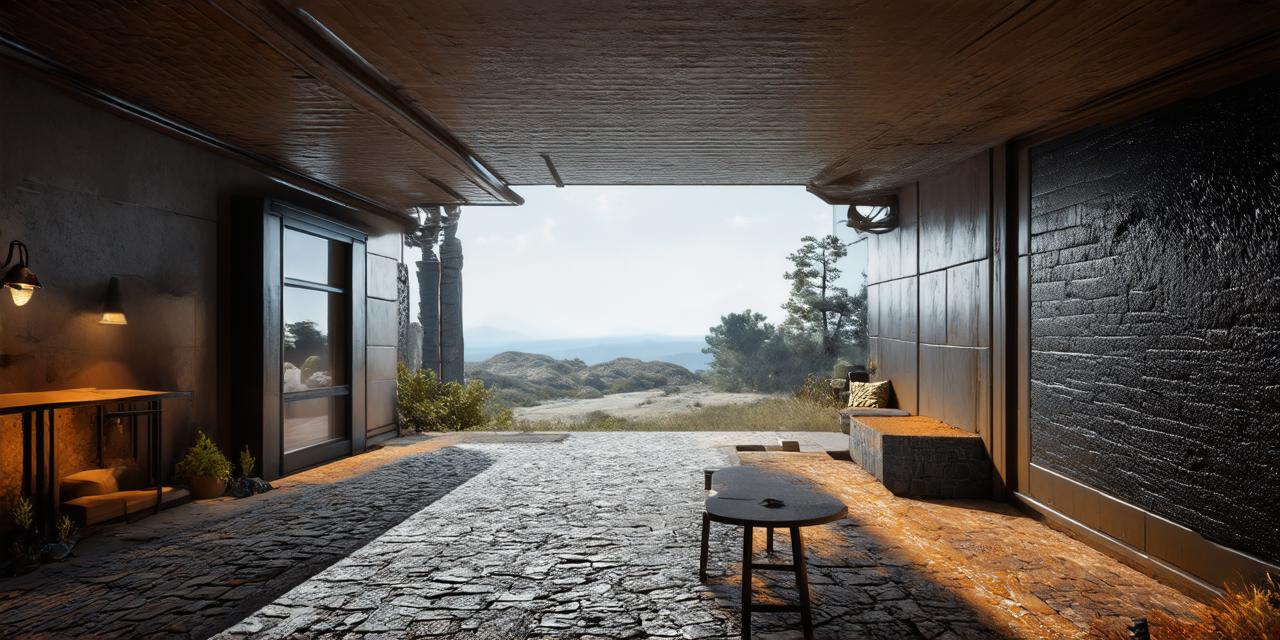Virtual reality technology has come a long way in recent years, and it’s now possible for anyone with the right equipment and knowledge to create their own VR content. This guide will walk you through the steps of creating VR content, from designing your environment to creating interactive objects and characters.
Designing the Environment
The first step in creating VR content is to design the environment in which it will take place. This can be a real-world location, such as a museum or historical site, or a fictional world of your own creation. When designing the environment, it’s important to keep in mind that VR users can become disoriented in unfamiliar surroundings, so it’s best to keep the environment simple and easy to navigate.
Creating Interactive Objects
Once you have designed the environment, the next step is to create interactive objects that users can interact with. These might include buttons or levers that control lights or other objects in the environment, or characters that respond to user input. When creating interactive objects, it’s important to ensure that they are intuitive and easy for users to understand.
Creating Characters
In addition to interactive objects, you may also want to create characters that interact with users in the VR environment. These might be non-player characters (NPCs) who provide information or guidance, or enemies that users must defeat. When creating characters, it’s important to ensure that they are visually appealing and have realistic animations.
Adding Sound Effects and Music
Finally, you can add sound effects and music to your VR environment to enhance the overall experience. This might include background music or ambient sounds like birds chirping or water flowing. When adding sound effects and music, it’s important to ensure that they are not overwhelming and do not detract from the overall experience.

Final Thoughts
Creating VR content can be a rewarding and creative process, but it does require some technical knowledge and planning. By following these steps and paying attention to detail, you can create an immersive and engaging virtual reality experience for users.



